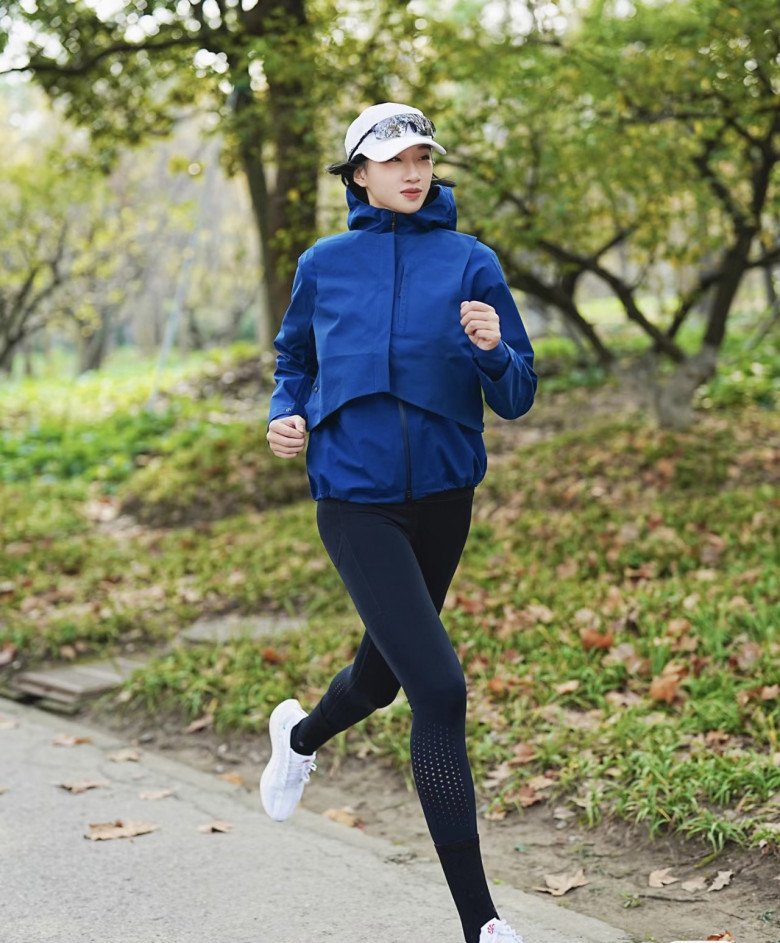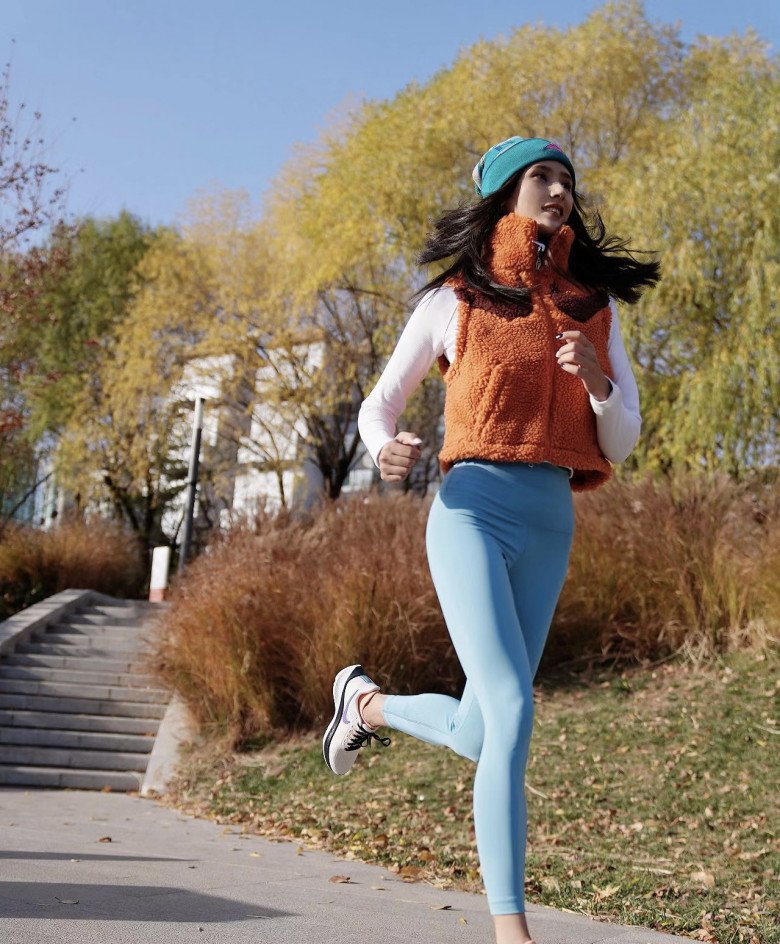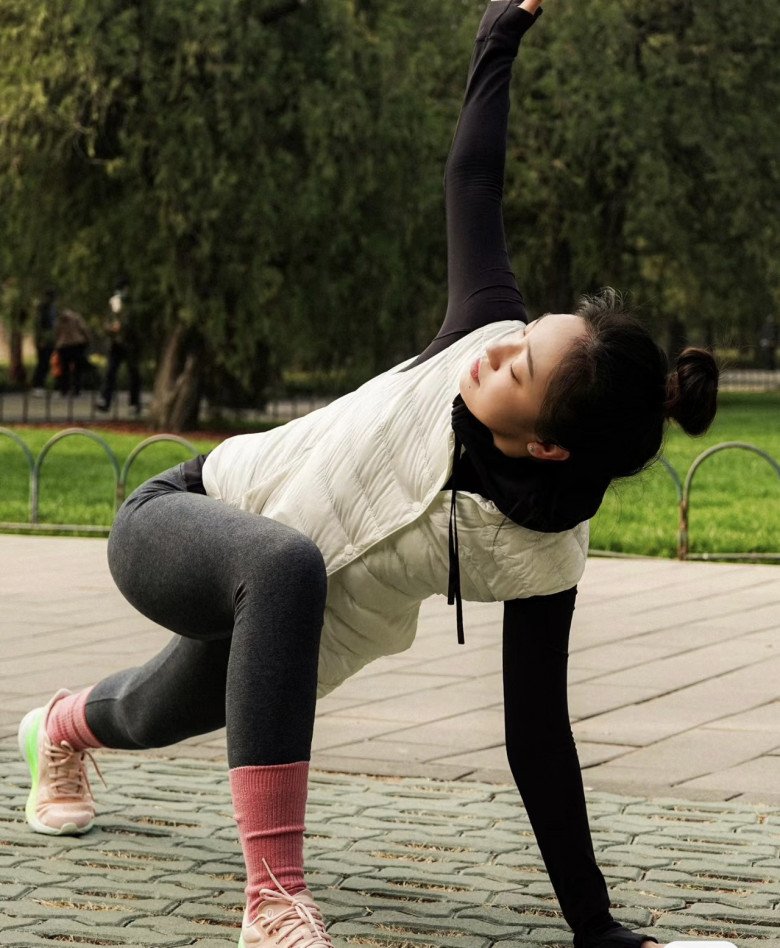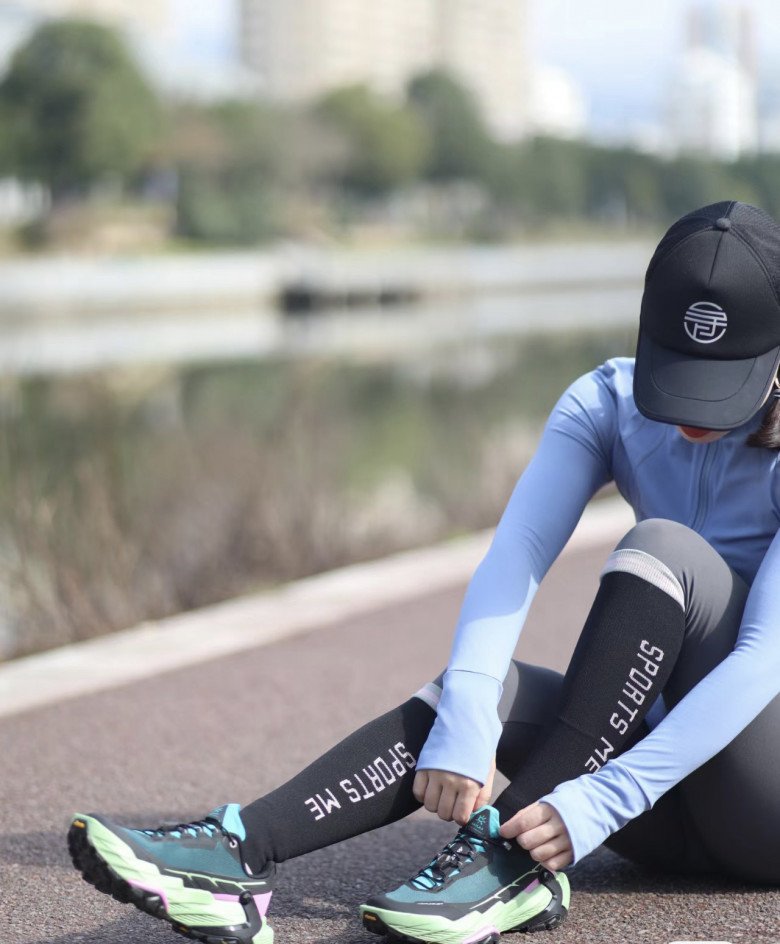
Running in winter can offer numerous benefits for both your physical and mental well-being.
However, you shouldn’t be overly concerned about this and stop exercising. Running during winter can provide a refreshing feeling, along with multiple advantages for your body and mind.
Benefits of Running in Cold Weather
According to Tom Holland, an exercise physiologist, sports coach, and author of the book The Marathon Method: “The colder the weather, the less heat stress on the body, which makes running easier—that’s why most marathons are held in October and November.”
Burn More Calories
We tend to move less and eat more during the colder months. Running helps burn a significant amount of calories, so it can be a powerful tool to maintain your figure and even lose weight during winter. Additionally, running in cold weather can transform unwanted body fat into necessary fat.
 burns more calories and significantly improves mood’>
burns more calories and significantly improves mood’>
Running in cold weather burns more calories and significantly improves your mood.
Boosts Metabolism
Our bodies are programmed to conserve fat reserves during winter, slowing down our metabolism in response to reduced physical activity. Running in cold weather ‘tricks’ the body, preventing seasonal metabolism slowdown and helping maintain a healthy weight.
Improves Mood
As the days get shorter and temperatures drop, many people experience Seasonal Affective Disorder. Running releases powerful hormones that counter this depression, enhancing positive moods during the colder months.
Precautions for Running in Cold Weather
As such, running in cold weather is not harmful to your health. However, lower temperatures require thorough preparation to run safely and minimize the risk of injury.
Longer Warm-up

Warm-up is an essential step when running in cold weather.
A warm-up is crucial before engaging in any sports activity. Allocate 10-20 minutes to warm up your body. When it’s cold, the body takes longer to warm up, so it’s best to do this indoors or in a sheltered area. This will not only prevent heat shock when you step outside but also loosen up your muscles for better performance. If you must warm up outdoors, wear warm clothing to maintain body heat.
Appropriate Clothing
Keeping your body warm during physical activity in cold weather is essential. Instead of wearing a thick, bulky coat, opt for layering with multiple garments. This will help retain heat more effectively while providing a comfortable running experience, and you can easily remove layers as the temperature rises.

Wear layered clothing to retain heat better and stay comfortable while running.
Keep Your Head and Hands Warm
Depending on the outdoor temperature, consider wearing a hat and gloves. If the temperature drops below 15°C or you plan to run long-distance in cold weather, gloves are a must as they are in direct contact with the environment. When your hands get too cold, your body will also absorb more heat. Similarly, keep your head warm to prevent catching a cold.

Consider wearing a hat and gloves depending on the outdoor temperature.
Know Your Body’s Limits
Low temperatures restrict blood flow, leading to muscle cramps or spasms. If you push yourself too hard, you may strain your muscles. Adjust your pace to be slower, giving your body more time to warm up. Maintain a moderate intensity during winter runs to minimize the risk of injury.
Also, be mindful of the signs of hypothermia. Symptoms of hypothermia include feeling colder, goosebumps, and continuous shivering. If left untreated, it can lead to loss of balance, irregular heartbeat, and difficulty controlling your body.
Keep Your Feet Dry
If you’re running on wet surfaces or in the rain, bring an extra pair of socks to change into if needed, to prevent catching a cold. After your run, stuff your shoes with newspaper to absorb any remaining moisture.

Keep your feet dry to avoid catching a cold.
Stay Hydrated
Even though the cold weather makes you feel more comfortable while exercising, your body still sweats during the run.

Stay hydrated to combat the cold and prevent exhaustion.
Drink plenty of fluids to keep your body hydrated. Besides transporting nutrients and oxygen, water also regulates body temperature, helping you withstand the cold and prevent exhaustion.




































